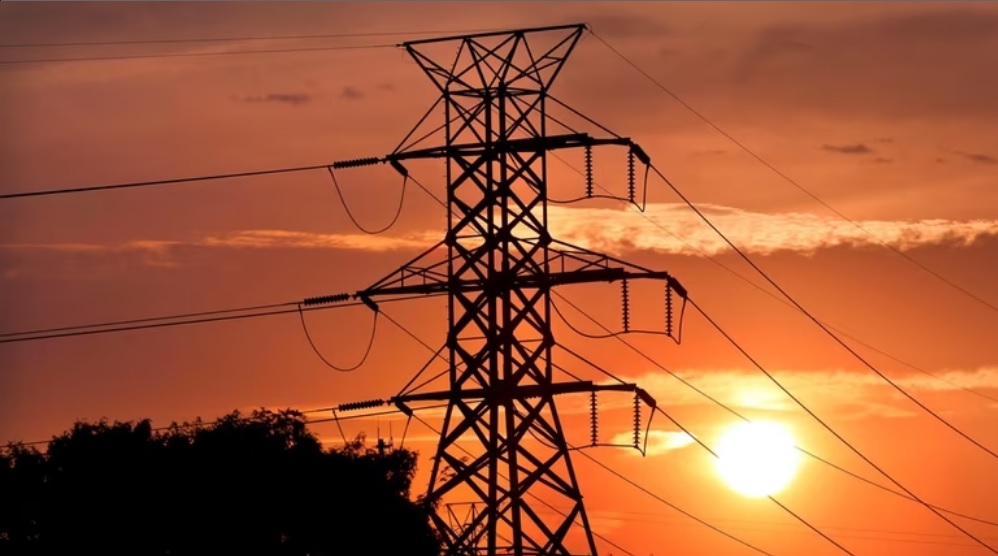Long Island Needs a Strengthened Electric Grid

Long Island's electric transmission system needs to be bolstered to handle
current and future needs on blue sky days and during the worst storms.
Credit: Newsday/John Paraskevas
However, another infrastructure network we rarely consider is even more important to our day-to-day lives — our electric transmission grid.
Power lines and substations connected around Long Island create the highway of the power delivery network. But, like so much of our infrastructure, it hasn’t seen significant attention in decades. After working in energy in our region for more than 60 years, I say with certainty that our shared electric transmission system needs to be bolstered to handle current and future needs on blue sky days and during the worst storms.
The good news for Long Island is that help is on the way if we can work together as a region to advance a critical project. Recently, the New York Independent System Operator — the not-for-profit organization that manages New York’s complex electric grid and energy markets — competitively selected Propel NY Energy as the best solution to strengthen our regional power grid’s reliability and resiliency, and to add clean energy pathways that will more efficiently move power in any direction based on need. Even as some renewable projects get delayed, more green energy is coming and our region’s need for improved transmission is absolute.
Propel NY Energy is a transformative project that will build several new substations and underground power lines, along with other upgrades which will add transmission capacity and reliability on Long Island. Think of this like extending and improving our roads — building a new thoroughfare, adding new travel lanes, filling potholes, all with the latest, most dependable technology. Like roadwork, there will be temporary inconveniences during construction, but once completed, it will provide seamless and reliable clean energy delivery for decades.
Projects like the Long Island Rail Road's Third Track show how even critical improvements can be set back decades based on community concerns. In this case, concerns include how and where the cables are laid underwater to connect Long Island to the rest of the state, the location and appearance of substations, and how construction on existing roads might impact daily lives.
The developer must remember that the regulatory process for such projects includes the voices of host communities and neighbors. It is not enough to simply say the ends justify the means. The developer must consider viewpoints from area stakeholders.
But as communities consider the one-time inconveniences of construction, it is important that they understand that this project will result in significant benefits for Long Island. First and foremost, it will improve the grid’s reliability and resiliency. Second, it will boost the region's local economy and create thousands of construction and related jobs. Third, because this project has statewide benefits, the whole state will share the cost, meaning Long Islanders will experience the full benefits at a fraction of the full cost, a welcome change of pace.
Long Island needs a modernized and expanded 21st century transmission system to keep our communities safe, our economy growing, and our region ready to meet our needs now and for future generations. We all must cooperate to create an electric transmission superhighway that safely, efficiently and cost-effectively moves power to our homes and businesses for generations to come.
This guest essay reflects the views of Robert Catell, chairman of the Advanced Energy Research and Technology Center and the National Offshore Wind Research and Development Consortium at Stony Brook University.
